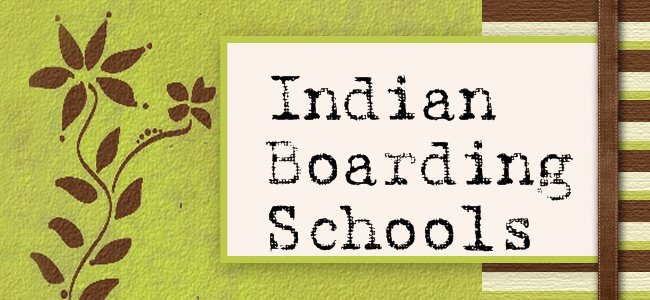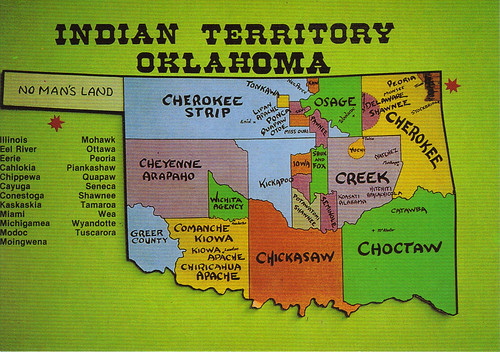Although education improved and teacher requirements increased not all schools had the financial viability to stay open. Orphanages in Indian Territory became stricter in taking in orphans and become diverse within them. There were four types of orphanages in existence – African-Indian and black home (Taft), state orphan home (Whitaker), denominational (Murrow, Goodland) and federally supported (Sequoyah, Wheelock).
The first recorded Native American child to enter a denomination orphanage was Navajo child named Mary Carleton. The child was given her christened name by the Sisters of Mercy in Sante Fe with her last name given for General Carleton who found the infant on a battlefield in New Mexico in 1865. The focus of this orphanage was not to take in Native orphans but that of Anglo and Mexican heritage. Catholic orphanages in the Northern Plains focused upon tribal orphans particularly in the Dakotas and Minnesota.
Unlike the Five Civilized Tribes’ state run orphanages who received federal and state monies, the initial denominational orphanages of the Plains were supported through whatever meager donations could be scoured up through charity. Many missionaries learned the languages of the Plains Indians in order to preach and teach. The patience practice of language learning built trust between the people and the missionaries and small numbers began to convert to the religion brought by the missionaries. Once converted, they were expected to convert others. The orphanages’ curriculum stressed religious practices, English, and vocational training (agricultural - males, domestic operations- females).
http://www.franciscans-stella-niagara.org/SD%20Indian%20Mission.jpg
The experience to learn more about the creation of orphanages in the United States to house children from all aspects of ethnic lives leaves me in a somber mood. Although the orphanages had their place in history; to care for children by providing food, shelter, and an education I am saddened to learn of the circumstances of child placement, misuse, and abandonment. Yet, there were positive aspects of the institution as well – they were located on reservations which allowed the children to maintain contact with their tribal group, education was offered, and basic needs were provided. As in all circumstances, consequences are balanced through both positive and negative outcomes for those who make the decisions and for those who live out the decisions that have been made for them.




I enjoyed following your updates Leah...never really knew much about orphanages aside from what I knew from my "all time favorite" movie-Annie (the little red headed orphan). Thanks for sharing!
ReplyDelete